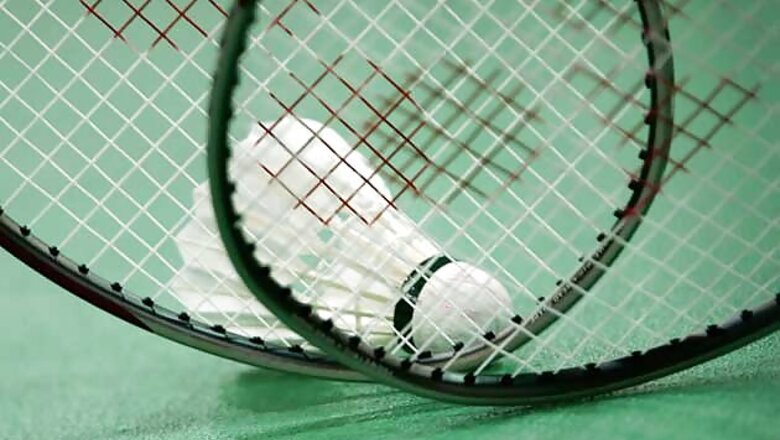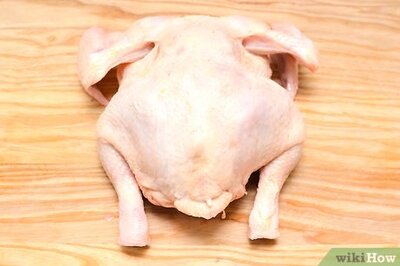
views
New Delhi: Renowned tracking system Hawk-Eye technology, used in sports like tennis to determine line calls, has made its badminton debut at the India Open Super Series here.
After testing various instant-review technologies, the Badminton World Federation (BWF) has contracted Hawk-Eye Innovations to provide instant-reviews for major events. This includes Hawk-Eye's popular graphics implementation which pinpoints the exact spot where a shuttle lands.
"We have been testing various systems and we have determined Hawk-Eye to be the most trusted and reliable option by which to track line-call challenges. As a brand, it has built a strong reputation and enjoys global recognition among other sports as an accurate and highly innovative technology which adds value to the spectatorship of sporting events," said BWF secretary general Thomas Lund.
Hawk-Eye's system will gradually be integrated with the in-venue video boards and live worldwide broadcast feed, allowing fans to see instant reviews and decisions on challenges.
"Since we introduced instant reviews in last year's Super Series Finals, many people have been asking when we would take the next step -- add the graphics which they are accustomed to seeing in tennis and other sports. Now, with Hawk-Eye on board, we are ready to progress to that stage," said Lund.
"The integration of these graphical elements will be tested in India and ultimately we will get operations running smoothly. It's another significant and innovative step for badminton in the sporting world."
The India Open is the fifth BWF tournament where Instant Review System (IRS) is available. The first time was the Super Series Finals last December in Malaysia followed by this year's Korea Open, Malaysia Open and All England Open.
The system used in the four tournaments consisted of eight cameras which are more specialised than the ones used for television.
Each player/pair is allowed two challenges per match. Two turned-down appeals would mean a player/pair will have no more challenges left for the rest of the match while the player's challenge-quota remains unchanged if an appeal is upheld.




















Comments
0 comment